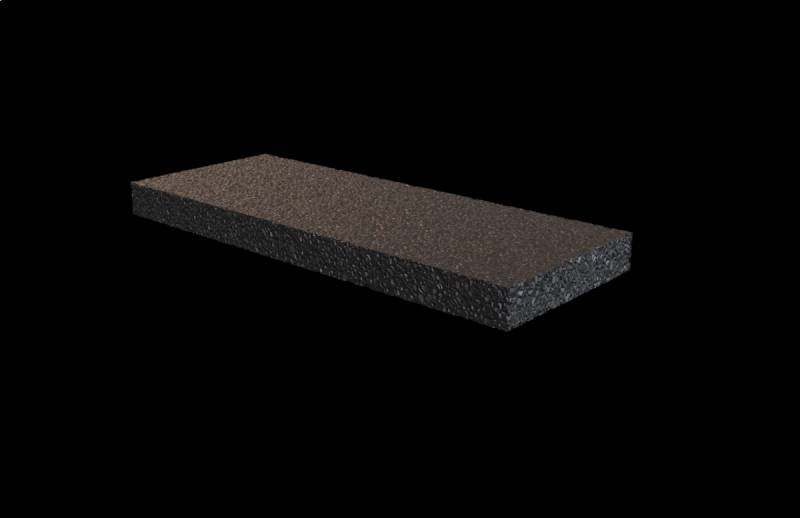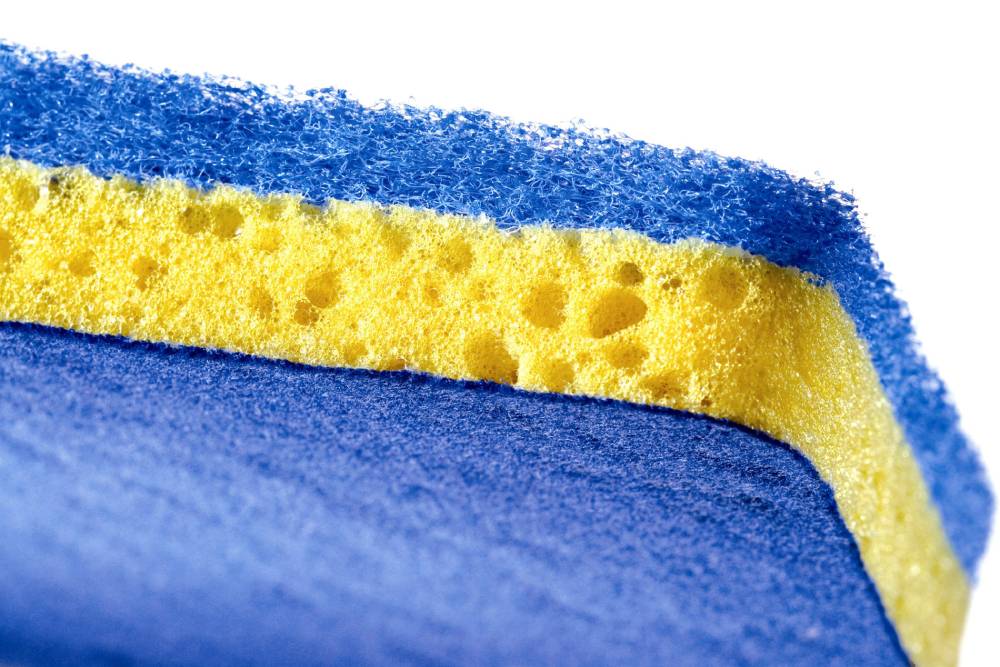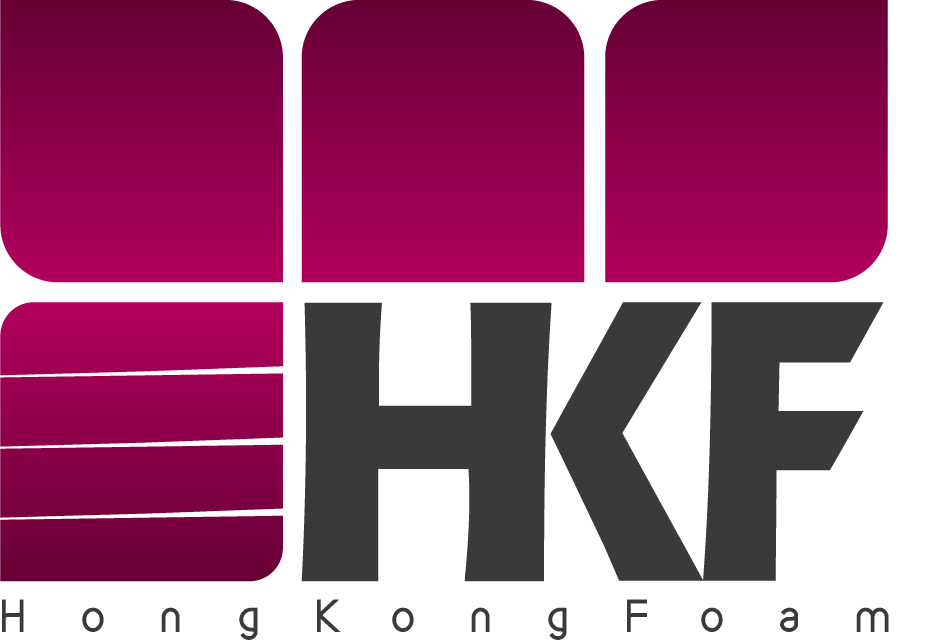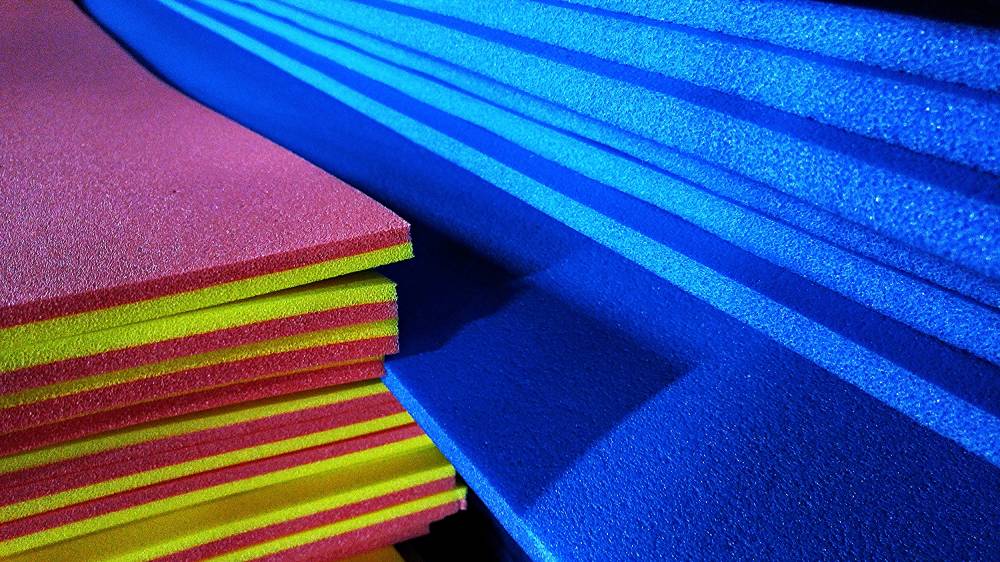We know that rubber is produced by trapping millions of gas bubbles in a liquid or a solid piece. Whisking water and air produces hundreds of bubbles & leaving only water and air over & over again.
We have a great procedure in foam or rubber production, the Polymerization!
This part of production rates for most industrial PU foam from seconds to about 6 minutes. The formulations react slowly can be mixed and molded by the hands, but it takes a long time.
For prompt providing procedure, if you want a shorter time, you need to use the machines! For example, the formulations of PU rubbers, are generally processed into a wide range of products by different molding system such as spraying, or open-pouring techniques.
Preparation foam rubber produced
Do you know about the production procedure of foam rubber? You can find out in this article
The first step is that liquid chemicals are delivered either by railroads or in pump trucks then they will be pumped into enormous tanks. Meanwhile, other conductive substances are mixed in smaller tanks. Then, after the reaction between the two tanks, specific type of rubber is produced.

Mixing
For the procedure that we called “dispensing”, you can produce the flexible, rigid and low-density rubbers. You can choose the amount of each chemical and send them to the into a mixing head that they are in mixing tanks, where the blending of the chemicals take place.
The next step is about the reactive components. The reactive components are poured onto a surface that is moving, where the foam rises to form slab stock.
Cutting rubber
If you want to know How is foam or Rubber produced? Stay with us.
As the rubber moves toward the end of the conveyor belt, it is automatically cut by a saw horizontally. After that, we have smaller pieces like 12 ft (3.66 m) long sections.
After this procedure, the rubber pieces are cured at room temperature for 12 hours or more. They are not stacked since they are not firm enough to withstand any weight. After the procedure(curing), a second saw that is an automatic one, cuts the pieces into every thicknesses you want.
You can also the any other shapes.
Different procedures
The lamination process is used to form rigid rubbers insulation panels known as board stock. For home appliances insulation, you can inject the liquid chemicals that are dispensed in a continuous fashion called open pouring or free-rise.
Once blended, when the reactive components are poured onto a machine (conveyor belt), where the rubber rises and cures to form slab stock. After that, the slab stock is conveyor through a series of automatic saws that cut the slab stock to desired sizes & thicknesses.
Chemicals are dispensed in a continuous fashion called open pouring or free-rise. Once blended, the reactive components are poured onto a conveyor belt, where the foam rises and cures to form slab stock.
after that, the slab stock is measured through a series of automatic saw that cut the slab stock to desired or premeasured widths and thicknesses.
the inner and outer walls of the appliance cabinet, where they undergo the foaming process.
For better molding flexibility, the dispensing machines are used to vary the output of chemicals or the component ratios during the pour.
This allows the production of molded foams with dual hardness. Molded foam articles with solid surface skin are made from liquid chemicals in a single step, using CO2 as the sole blowing that we call an agent. Automotive cushions are made by molding flexible foam behind a pre-shaped fabric cover.
The procedure reduces the number of steps in the production of different goods like car seats.
Also read: foam supplier
Quality Control
Quality & reliability is the first concern. We are monitoring & checking the procedures all the time. Every product is checked and tested for different physical and mechanical on every aspect.
An important property of rubbers is called the indentation load deflection, which measures the spring tension material quality. You can determine the deflection of the amount of weight needed to compress a shape like circles of rubbers 50 sq in x 4 in (127 sq cm x 10.16 cm) thick by 25%.
You need to know that we have different methods of foam producing. You can also follow our articles to know more about foams & rubbers production.
The difference between foam rubber vs. sponge rubber begins with ingredients, continues through the material manufacturing process, and extends to molecular structure.
Although the terms “foam rubber” and “sponge rubber” are sometimes used interchangeably, these elastomers have differences that may not be readily apparent.
Moreover, sponge rubber and foam rubber are used in different types of sealing and insulation applications.
If you don’t understand how foam rubber vs. sponge rubber are made and used, you risk choosing a material that permits leaking, provides inadequate cushioning, or that won’t withstand the environment.
The rubber may also shrivel up, become brittle, or lose compressibility. By choosing a compound based on MTAP, an abbreviation for material, temperature, application and pressure, engineers can meet requirements beyond whether just foam rubber vs. sponge rubber needs to be used.
We Value Our Clients
Ready to buy foam? Please Order now.
If you need more information, Please contact us.

How Foam Rubber Is Made
Foam rubber uses a different agent, typically a gas or a chemical that produces a gas, to create a mass of small bubbles in a liquid combination.
This mixture may contain polyols, polyisocyanates, water, and additives such as flame retardants, fillers, and colorants.
There are many variable types of blowing agents that are capable of producing a cellular fundamental, and the compounder controls foaming by adjusting the amount of water or by using agents like surfactant.
The polyols and polyisocyanates in foam are liquid polymers that, when combined with water, produce a heat-generating or exothermic reaction. By using specific types and combinations of liquid polymers, a material compounder can produce foam rubber that is either flexible or rigid.
During the procedure polymerization, molecules from the polyols and polyisocyanates crosslink to form three-dimensional structures.
The importance of blowing agents in the production of foam rubber cannot be overstated because of their relationship to flexibility and rigidity.
Typically, flexible foams use the carbon dioxide gas formed by the reaction of water with the polyisocynate. Most rigid foams use hydrofluorocarbons (HFCs) and hydrochlorofluorocarbons (HCFCs), gases with higher levels of toxicity and flammability than found in chlorofluorocarbons (CFCs).
Foam Applications
Flexible PU foams are used for vibration control and shock absorption. They provide increased energy absorption with increased density, predictable performance under compressive force, and low permanent deformation under constant resistance.
These foams won’t become wider when compressed, which makes them a good choice when space is tight. Different uses include hood gaskets in mobile equipment, shock absorbers for industrial machinery, and vibration isolators for appliances.
Polystyrene rubbers are rigid, structural materials that are strong, lightweight and moisture resistant.
They help reduce product weight and have a high stiffness-to-weight ratio. Other types of structural foams have a sandwich-like structure with a foam core between two thin but solid layers. Reticulated foams are used for filters and be compounded with bactericides, fungicides and other additives.
Foam rubber that is fabricated into elastomeric pads can be attached to vacuum tooling for manufacturing.
During foam rubber fabrication, sheet materials or extrusions are converted into finished products. Water jet cutting makes fine, fast cuts and eliminates the mis-cuts and material waste associated with manual cutting operations. Custom-fabricated foam rubber products also support the use of tapes that use either a heat-activated taping system (HATS) or a pressure-sensitive adhesive (PSA).
A variety of bonding methods are available for custom gaskets, but not all of them are suitable for foam rubber.
How Sponge Rubber Is Made
Like foam rubber, sponge rubber has a cellular structure and is available in different densities. Typically, they are listed as soft, medium, and firm. We have two types of sponge rubber.
Open-cell materials contain open, interconnected pockets of gas bubbles that let the passage of air, water, and other chemicals when the material is not compressed.
Closed-cell sponge rubber contains balloon-like cells that hold nitrogen gas and thus prevent the passage of these substances at low pressures.
To manufacture open-cell sponge rubber, sodium bicarbonate is added to other ingredients in a heated mold. As the uncured sponge rises like a cake, the baking soda creates open, interconnected cells.
To make closed-cell sponge rubber, a chemical powder that decomposes under heat and pressure is added. The nitrogen gas that’s released helps to give closed-cell sponge rubber its strong compression set and recovery specification.
Although nitrogen is a gas, it doesn’t create a foam like the gaseous blowing agents used with foam rubber.
Also read: SBR foam
Foaming is specific production procedure, and foam rubber contains mostly open cells. Although some of the cells in foam rubber are closed, these rubber materials would not pass ASTM tests for water absorption, a standard requirement for closed-cell materials.
How Sponge Rubber Is Used
Sponge rubber is made of neoprene, EPDM, nitrile, silicone, and many other elastomeric materials. Often, sponge rubber profiles are fabricated into finished gaskets that are used for shock absorption and provide good compression and recovery.
Sponge rubber sheets also support different production like fabrication, included value-added operations such as gasket taping. In comparison with solid rubber, sponge rubber is softer and less resistant to compression; furthermore, sponge rubber still has a high strength-to-weight ratio.
Open-cell foams are used in prosthetic devices, medical sponges, electrocardiogram (ECD) pads, medical filters, and sterilization bags.
All of these uses require elastomeric components that allow the passage of water and gases. Foam or rubber parts are also used in patient lifts, hospital room equipment that helps people with limited mobility to sit up or get up.
Closed cell sponge rubber that is made from fluorosilicone is used with pharmaceutical equipment such as tableting machines.
FDA approved silicone sponge rubber may be required for food contact or medical uses. We have different between FDA approved and FDA compliant, however, so buyers need to perform due diligence during material selection.
Sponge rubber is also used in bulb seals for doors, hatches, and enclosures.
These trim seals have separate bulb and retainer sections and are made of different materials. Typically, the bulb allotment is made of an EPDM sponge rubber.

FAQ: (Frequently Asked Questions)
1. What is foam material?
Foam rubber (also known as cellular, sponge, or expanded rubber) refers to rubber that has been manufactured with a foaming agent to create an air-filled matrix structure. Commercial foam rubbers are generally made of either polyurethane or natural latex.
2. What is foam used for?
Foam refers to either a substance formed from many, many bubbles that stick together or a soft man-made material used to make furniture more comfortable or to protect fragile items during shipping. Cleaning foam is popular for household use. It usually comes in a spray bottle or can.
3. What is a high-density foam?
High density foam is a very firm foam that generally makes up the bottom layer of popular memory foam mattresses. Other types of mattresses such as innerspring or hybrid may also use high density foam to support the spring systems. ... High density foam is made of a blend of polyurethane and has a tendency to off-gas.
4. What is hard foam made of?
Most foams consist of the following chemicals: 50% polyol, 40% polyisocyanates, and 10% water and other chemicals. Polyisocyanates and polyols are liquid polymers that, when combined with water, produce an exothermic (heat generating) reaction forming the polyurethane.
5. Is foam mattress toxic?
Some memory foam mattresses contain toxic chemicals such as formaldehyde, benzene, and naphthalene. ... Memory foam may contain isocyanates, which, according to the Occupational Safety and Health Administration, can cause irritation of the eyes, nose, throat, and skin.






1 Comment
Good article, Thank you.